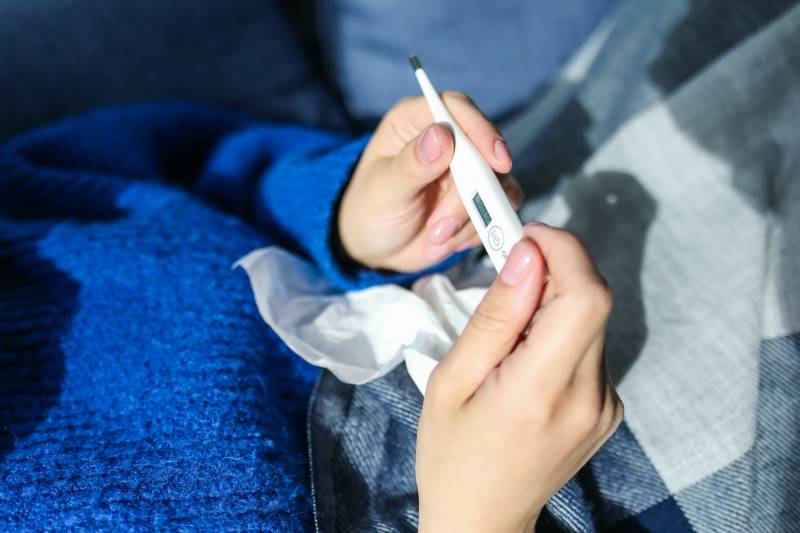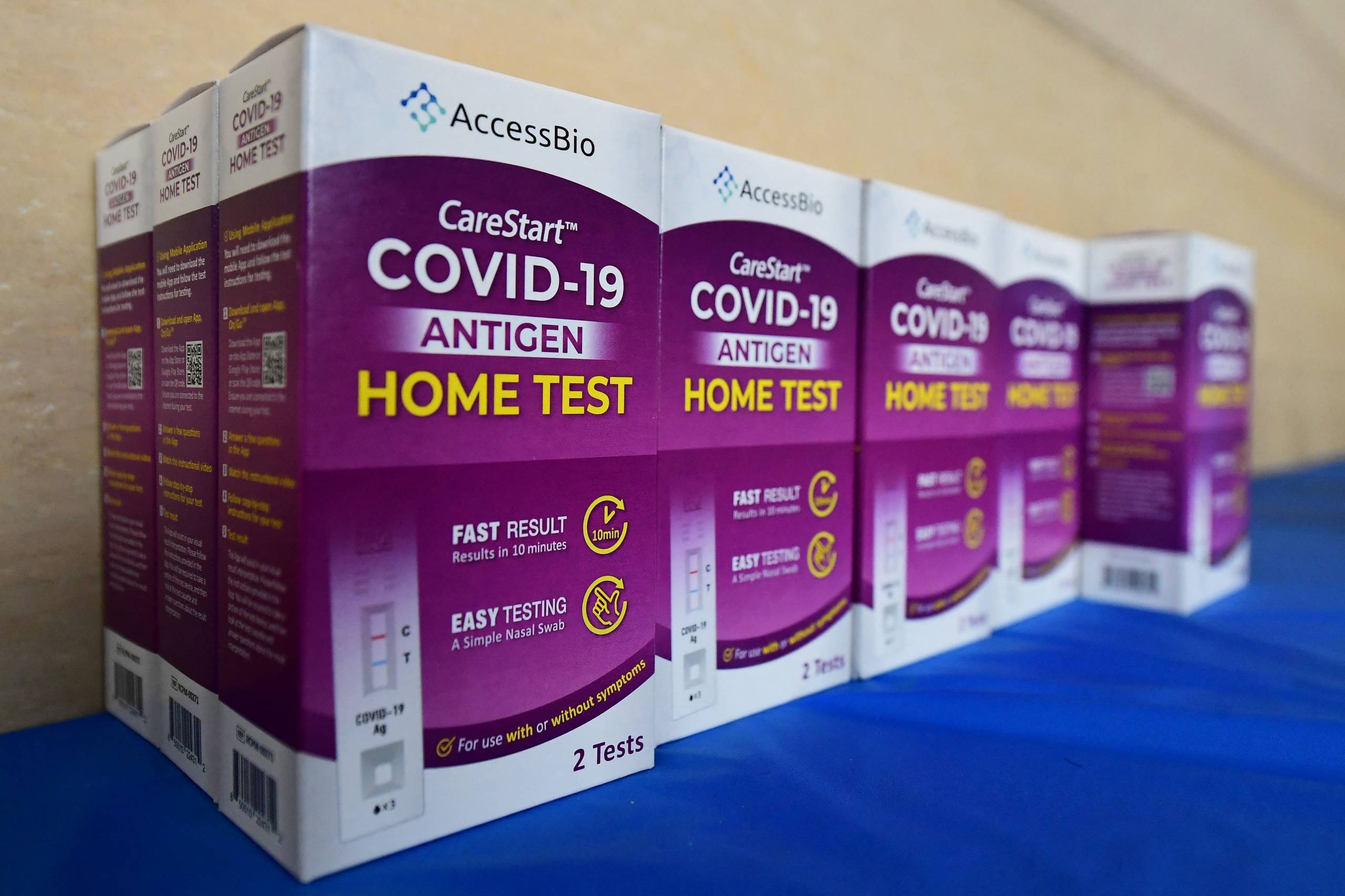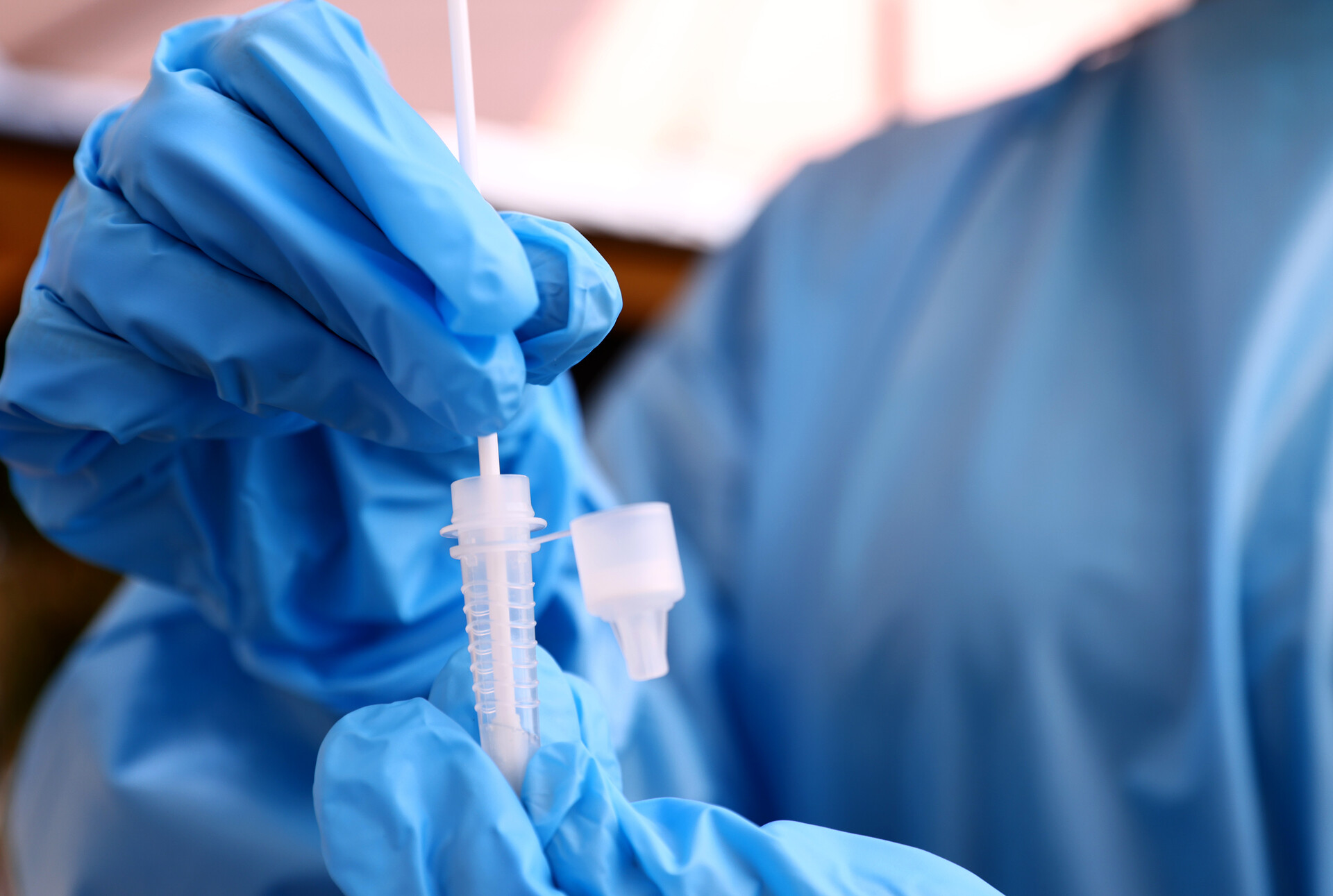Skip to:
- What are the symptoms of a breakthrough infection of COVID?
- What steps should I follow if I test positive?
We used to think of breakthrough cases of COVID in vaccinated people as being relatively rare. But the rise of the omicron variant has shown that’s no longer the case.
We know booster shots help raise your protection against omicron, as public health officials urge everyone eligible for one to get one. We also know that being vaccinated still gives you greater protection against severe hospitalization and death.
Still, when a breakthrough case happens, it can be easy to feel surprise and shock. Just ask three of our own KQED hosts:
- Pendarvis Harshaw, KQED Arts and Culture columnist and host of the podcast Rightnowish
- Alexis Madrigal, cohost of KQED Forum
- Marisa Lagos, California politics and government correspondent and cohost of the Political Breakdown podcast
All three have experienced their own breakthrough COVID cases in the last months, and there’s a lot they wish they’d known. If you’ve been wondering how a positive COVID test right now might affect your daily life, keep reading to learn about their experiences — from the symptoms and logistical stresses to the importance of self-care, and what they wish they could have planned for beforehand.
What are the common symptoms of a breakthrough COVID case?
For Pendarvis Harshaw, the first sign of his COVID case in summer 2021 was losing his smell. “I got a bit of a cough and the first thing I remember was trying to spray some cologne and then smell it,” he says. “That’s when I was like, ‘Wait, I can’t smell my cologne.'”
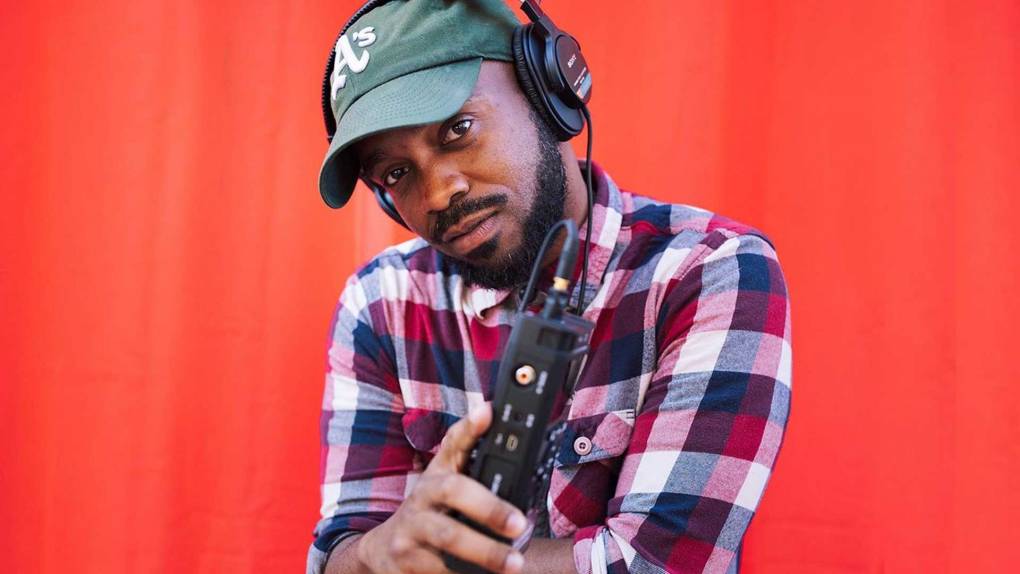
In Marisa Lagos’s home, all of her family contracted the omicron variant over the holidays. For her, it showed up as what she calls “flu-like symptoms.”
“I was in bed for a few days, just really fatigued. But nothing serious — nowhere even approaching, needing to go to the hospital,” she says.
While most people with a breakthrough COVID case experience mild symptoms, you still should acknowledge that you’re sick and it won’t feel great. And people experience symptoms differently.
Dr. Bob Wachter, chair of UCSF’s Department of Medicine, told NPR that the terminology “mild” is really a catchall. It can go from being “a day of feeling crummy to being completely laid up in bed for a week, all of your bones hurt and your brain isn’t working well.”
Common COVID-19 symptoms, according to the CDC, include:
- Fever or chills
- Cough
- Shortness of breath or difficulty breathing
- Fatigue
- Muscle or body aches
- Headache
- New loss of taste or smell
- Sore throat
- Congestion or runny nose
- Nausea or vomiting
- Diarrhea
After a COVID home test and a drive-through rapid PCR test both came back positive, the realization sank in for Harshaw.
“I think I had one day where I was just, like, straight on the ground … laid out in a fetal position,” he says.
As far as symptoms, he remembers a “little bit of the sniffles, a little bit of sneezing, definitely chills, body aches — you name it. … Energy depleted, feeling like gravity is tenfold.”
Alexis Madrigal says his early symptoms started with a “little tickle in the back of the throat” and a stuffy nose. “It wasn’t really until the test came back positive that I was like, ‘Oh, no.'”
Don’t necessarily expect a COVID infection to register in your body like you assume it might, says Madrigal, who notes there was “nothing super distinctive” about his sickness at that early stage of testing.
“I did lose my sense of smell, but it was much later,” he says.
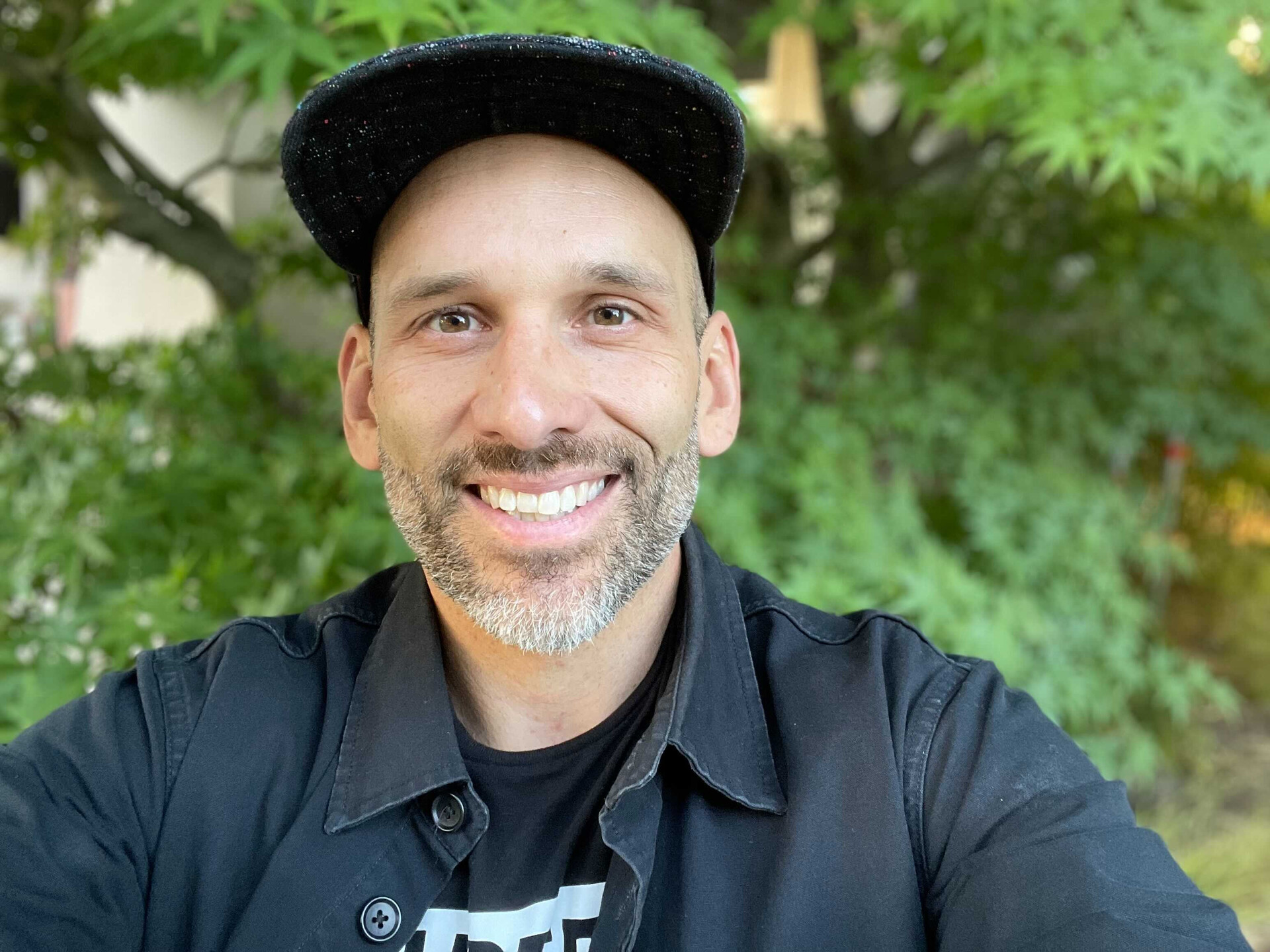
When should you get a COVID test?
If you have a fever or a cough or feel any symptoms outlined by the CDC, you could have COVID-19 and should get tested. If you’ve come in close contact with someone who tested positive for the virus, get tested.
All of this advice comes with the big caveat: We know that finding a test fast, whether it’s an onsite PCR test or an at-home test like a BinaxNOW kit, can be tricky — and, in the case of at-home tests, expensive. And you might have to be prepared to explore multiple options for getting a COVID test.
“I have to acknowledge that we are in a position of privilege,” says Lagos, since she and her family “had access to a lot of at-home tests that we had bought prior to this scare ahead of seeing people for Christmas.”
Looking for a COVID test near you in the Bay Area? Read our guide to finding one.
I’m fully vaccinated. When should I take a COVID test?
Do you have symptoms? If so, try to find a test immediately.
The CDC recommends that if you’ve come into close contact with someone with COVID-19, fully vaccinated people should be tested five to seven days after your last exposure — i.e., when you came into contact with someone who has a confirmed case of COVID-19.
There is already evidence that the omicron variant may have a shorter incubation period than previous forms of COVID. But if you choose to test earlier than five days from an exposure, don’t take an early negative result as definitive proof you don’t have COVID. Keep testing, to be sure you’re not infectious and inadvertently spreading COVID to others.
Lagos’s story highlights the importance of repeat testing — and not accepting an early at-home negative result as a sign someone has no COVID risk.
“We had actually asked everybody to take those rapid tests [over the holidays], just to be safe,” she says. “And so we had tested ourselves and our kids. I did have one kid who had some minor cold symptoms and we tested him repeatedly. And he didn’t come up positive until after Christmas, after we had seen people.”
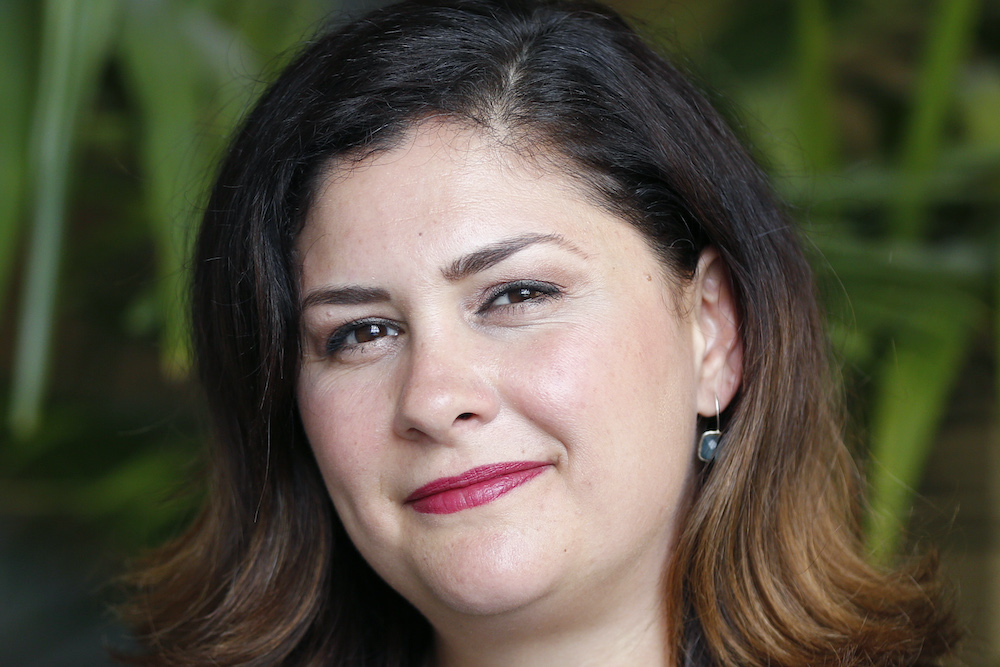
I’m not yet vaccinated. When should I take a COVID test?
If you’re not fully vaccinated and are experiencing symptoms of COVID-19, you should get tested immediately. If you’re not fully vaccinated and have been in close contact with someone who tested positive for COVID-19, get tested immediately.
The CDC says you should get tested again five to seven days after your last exposure and immediately if you experience symptoms.
What steps should I follow if I test positive for COVID?
If you do test positive for COVID with an at-home test or a PCR test, don’t panic. Find a way to confirm your results with a second test while you plan to isolate yourself from anyone else in your household. The CDC has a specific checklist you can follow if you get sick. Read along for key takeaways and advice.
Reporting your positive COVID test
If you test positive for COVID on a PCR test, someone from the health department may call you as part of their contact tracing efforts to slow the spread of COVID.
However, if you test positive for COVID using a home antigen test, the California Department of Public Health says there are certain steps you should take to report your results when using an over-the-counter test.
- Use the instructions on your test to self-report your COVID-positive results.
- Some over-the-counter tests may have automatic reporting, while others require you to report your own results through an app on your phone.
- If your test does not provide electronic reporting and you have health care coverage, you can share your results with a health care provider to receive appropriate medical care.
Kaiser says that if you have a positive home antigen test — whether you’re symptomatic or not — you’re considered positive for COVID and don’t need to confirm with a PCR test, but you should still report your positive COVID-19 home test. If you’re a Kaiser member, you can report your positive test using their positive COVID-19 home test e-visit tool.
As a journalist, Lagos says she can’t help but be “struck” by what the lack of a consistent system for self-reporting positive home test results means for public COVID case numbers this winter.
“We’re probably undercounting these pretty dramatically at this point,” she says.
Talk to your people
If you’ve tested positive for COVID, it’s essential that you let any of your close contacts know that they may have been exposed to the virus. Whether this is through a group text or a phone call, letting anyone you may have come into direct contact with gives others a chance to prepare and get tested themselves.
Madrigal says he began interrogating himself about whom he’d been in contact with — his neighbors, his mother-in-law and his children. “You kind of get in touch with folks, and they immediately want to go get tested,” he said. “That’s people’s very natural reaction.” But when is the best time for your close contacts to get tested?
The CDC says that someone with COVID-19 can spread the virus starting 48 hours or two days before the person has any symptoms or tests positive. For your fully vaccinated close contacts, it’s best if they take their test five to seven days after their initial exposure of coming into contact with you. For anyone unvaccinated, it’s important that they get tested right away.
Madrigal says that going back and tracing everyone he came into contact with, and handling those logistics, were some of the most challenging aspects of getting COVID: “When we say we’re ‘all in it together’ in a positive way … you’re also all in it together in the sense that everyone you’ve exposed is in it with you.”
“That was tough,” he admits.
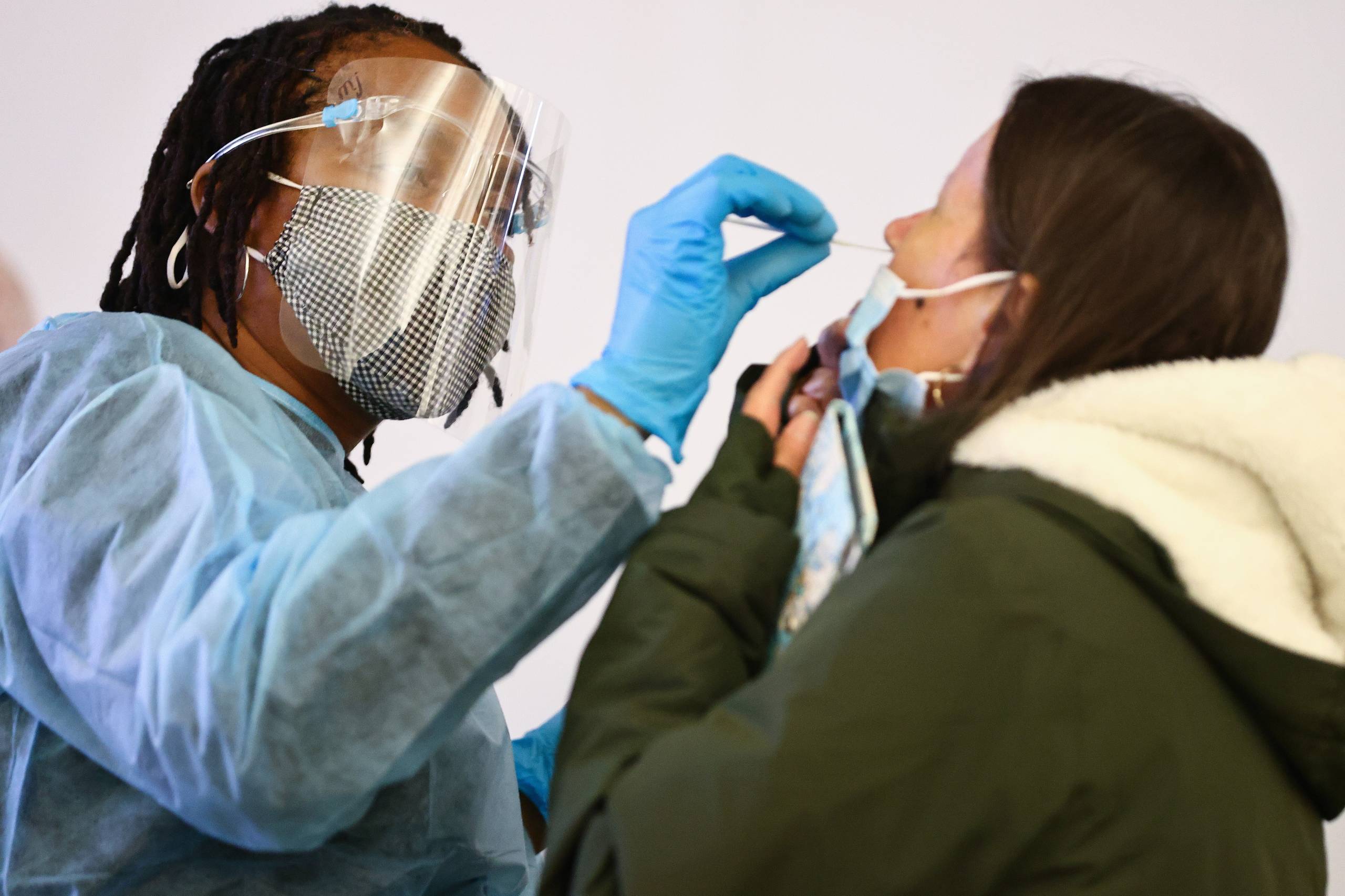
Isolate from others
The CDC recommends isolating yourself from other members of your household — if possible, within a separate, contained area in your home and away from others — for at least five full days, with Day Zero as the day you first experienced symptoms. This CDC guidance changed from a previous isolation period of 10 days, and local public health experts encourage you to weigh the risks of breaking isolation earlier than 10 days.
It’s essential to only venture out if you need to seek immediate medical care. If you’re experiencing any of the CDC’s emergency warning signs like trouble breathing, pressure in the chest, or pale, gray, or blue-colored skin, seek medical care.
Madrigal says that as soon as his at-home test came back positive, he was on the phone to schedule his PCR test while packing a bag to isolate from his family in a separate apartment. “We were lucky enough to find a neighbor who had a rental [nearby]” where he was able to isolate, he says.
While Lagos acknowledges she feels “lucky” to have had access to paid time off, during which she and her partner could stay home, “in terms of preventing it from spreading throughout a household, I mean — we have tiny homes in San Francisco,” she notes. “Most of us don’t have extra bedrooms or bathrooms.”
For that reason, Lagos says that in her personal experience, much of the official advice about isolating with COVID “is not that practical when you’re actually in this situation — particularly with kids involved.”
If finding a separate space to wait out isolation or quarantine outside your home isn’t possible for you, either, try to designate spaces within your home that reduce the possibility of transmission. That might look like sleeping in another room, using a separate bathroom, wearing masks inside at all times or improving ventilation within your home — for example, by opening your windows. The CDC also recommends avoiding sharing all personal household items — towels, dishes, glassware — with the folks you live with.
Think about it this way, recommends Madrigal: Even if you can’t isolate in a completely separate space, “what is the way that I can reduce my exposing the people around me as much as possible?”
Monitor your symptoms
Remember to keep track of your symptoms — even if it means writing them down. If you ever have any of the following symptoms, or any of the other emergency warning signs per the CDC, call 911 immediately:
- Trouble breathing
- Persistent pain or pressure in the chest
- New confusion
- Inability to wake or stay awake
- Pale, gray, or blue-colored skin, lips, or nail beds, depending on skin tone
Madrigal says it’s essential to keep an eye on your body after your COVID diagnosis: “If I didn’t have these kinds of metrics [like resting heart rate], I might just think it was all in my head.”
